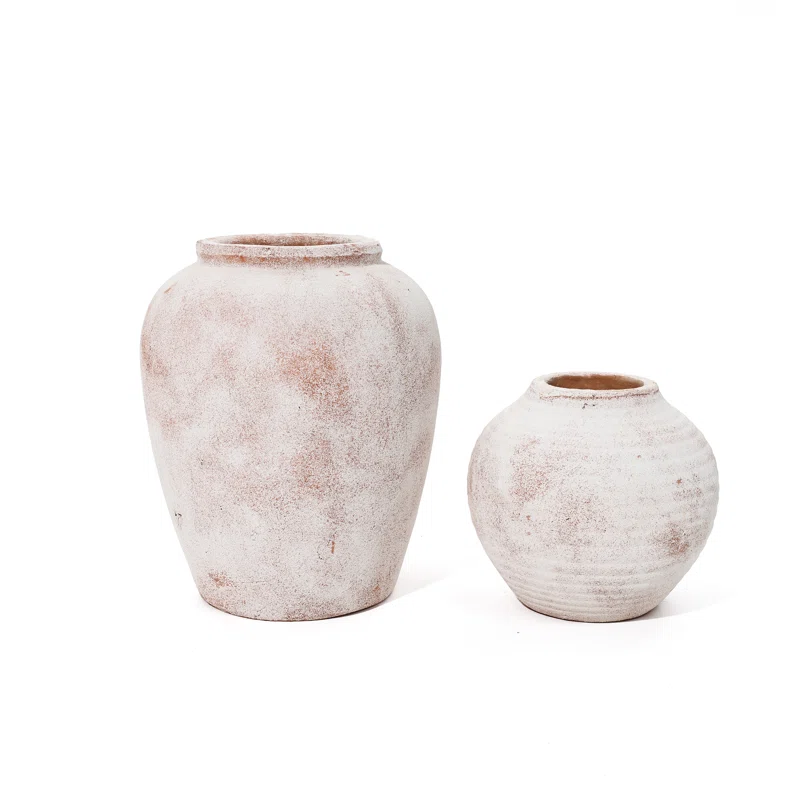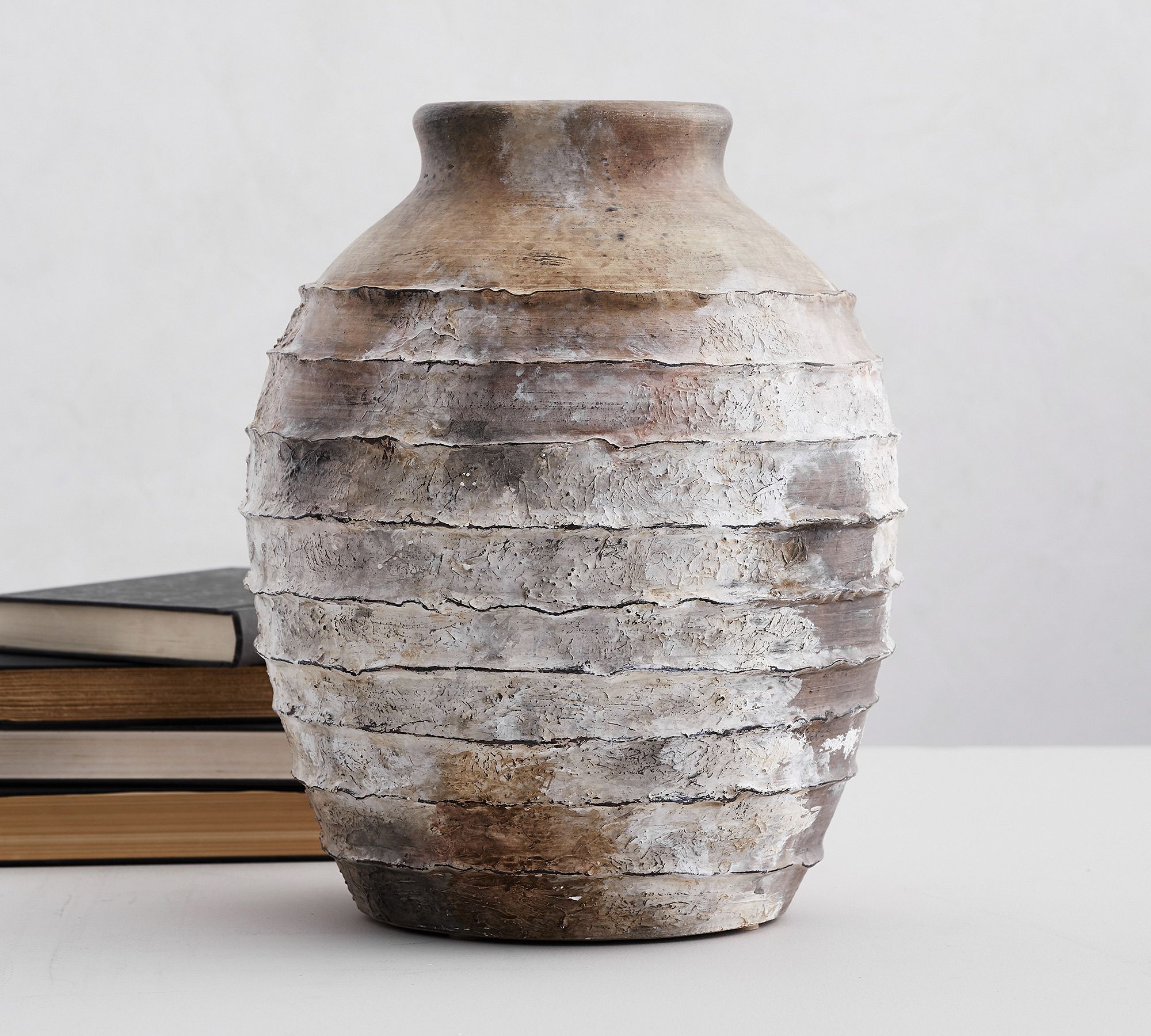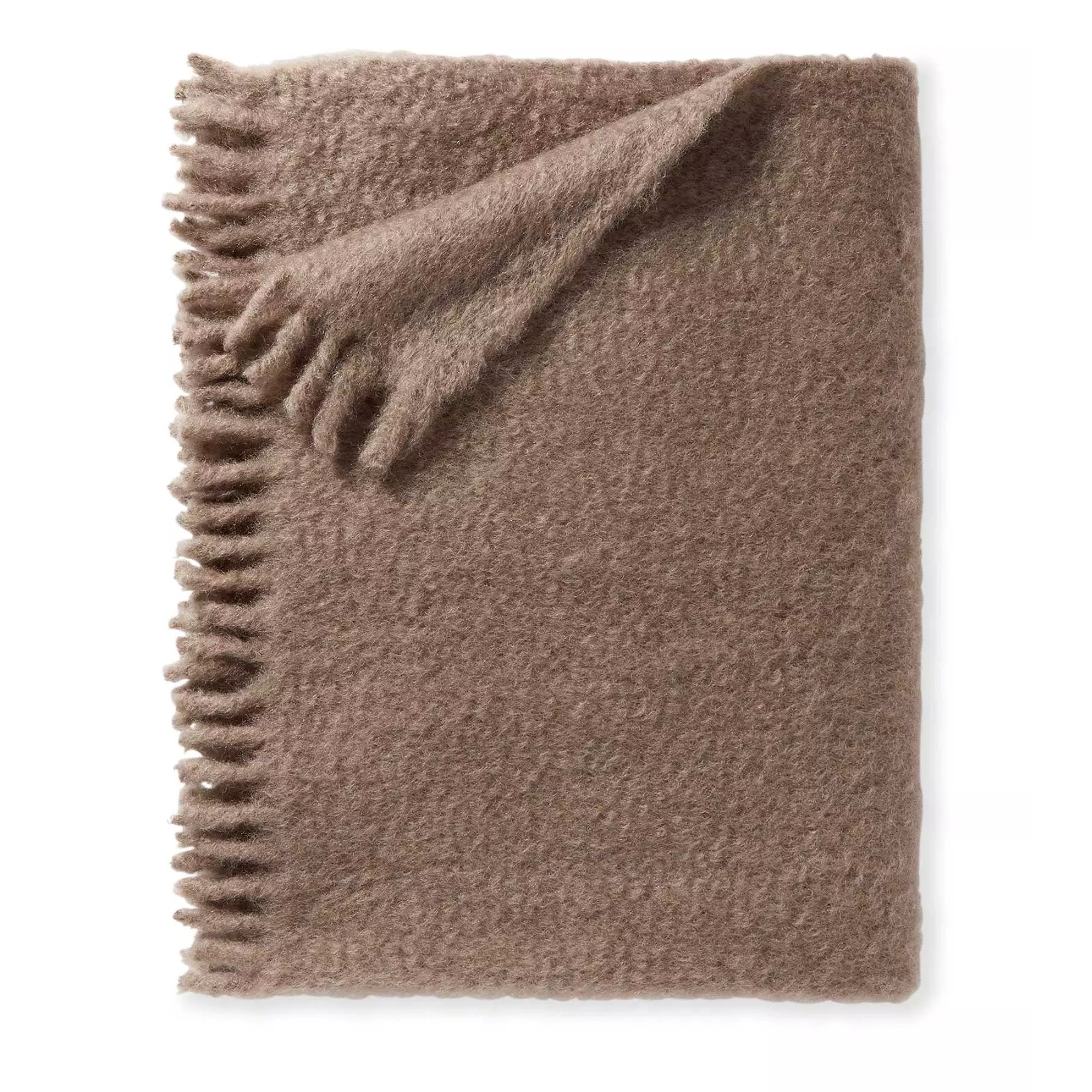I've styled 100s of rooms over my interior design career – these are the failsafe styling tricks I use to elevate a space every single time
Style your spaces like a professional for a warm and timeless feel with these expert styling tips
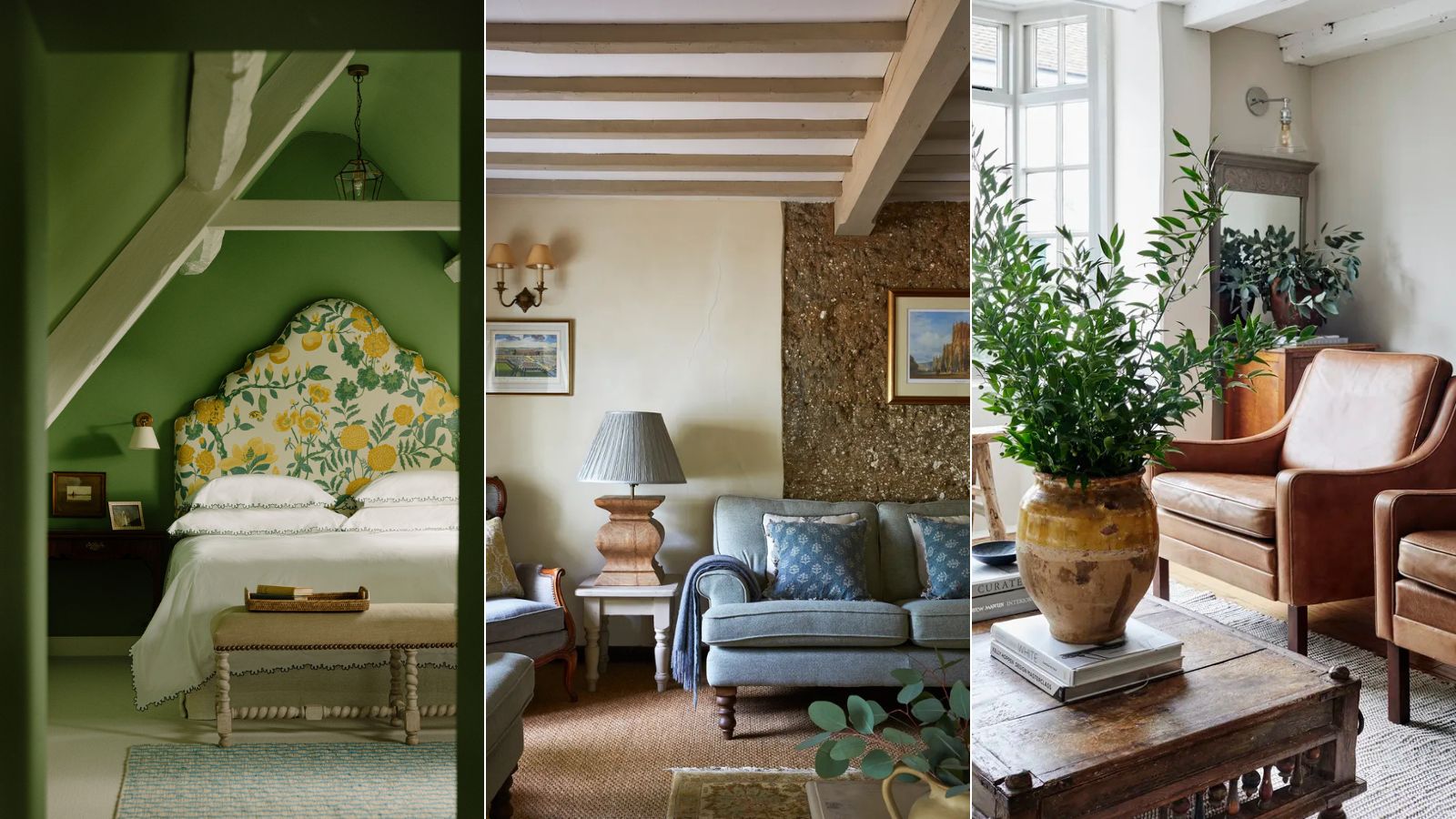

As an interior stylist, I’ve had the pleasure of styling hundreds of rooms over the years, from those in modern apartments to historic manor houses.
No matter the style or age of the property, when styling lived-in homes my aim is always to create calming, beautiful, and welcoming spaces that pay homage to the owner’s aesthetic and the property. The key when styling is to take inspiration from the architecture and the owner's possessions, carefully curating and displaying their pieces alongside a few extra additions to create a balanced space. You want a home to feel effortless, as well as elevated.
To help you style and decorate your home like pro, here I’ve shared my top tips that I always follow when working on a project, along with some advice from professional interior designers.
Where to start with home styling
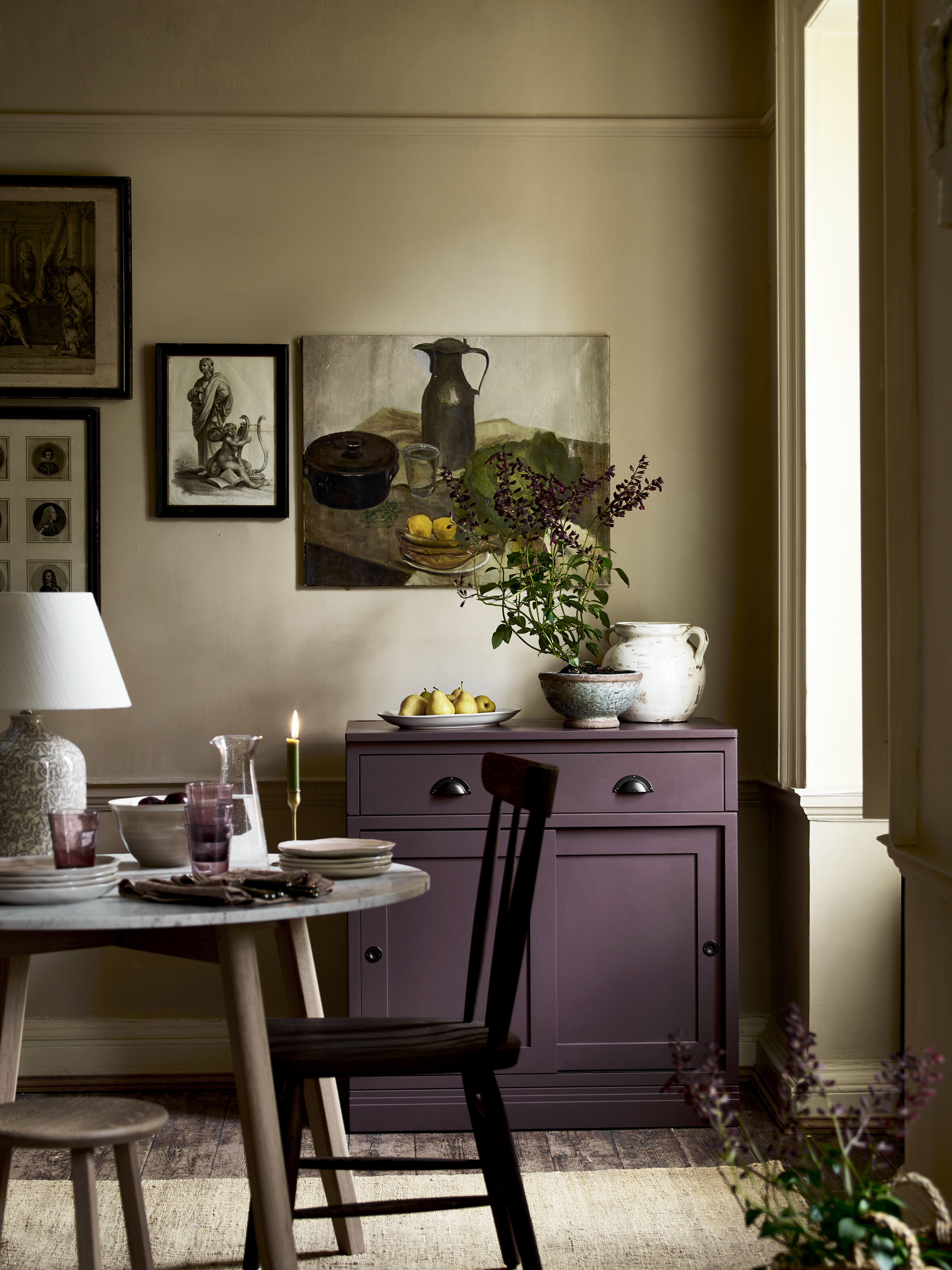
When styling lived-in homes there are certain things I always to do make homes look instantly more inviting. I begin by clearing out clutter – once you have a blank canvas it's far easier to build up a visually pleasing scheme and create displays that really show off artwork, cherished possessions and collectibles. During the interior planning phase, it’s essential to factor in plenty of concealed storage space to ensure surfaces like sideboards, coffee tables, and open shelving are clear and ready to create elegant displays.
When decorating shelves and sideboards arranging objects in odd numbers and at varying heights is always handy – start with the big items and work from there. Fresh seasonal flowers and greenery are always a must, as are plenty of cushions and throws along with collectibles and accessories with texture and stories to tell. With accessories like table lamps I find often having larger pieces and less of them is the best way to style – too many small items and rooms can feel cluttered.
Ultimately it’s all about balance, whether it be with color, texture, or form – it's a bit like creating a three-dimensional painting. The key is knowing when to stop. One mistake people often make is to over-fill. The fashion designer Cocoa Chanel famously said ‘Before you leave the house, look in the mirror and take one thing off’ – I think the same approach can be useful for home styling.
1. Nothing beats fresh flowers and greenery
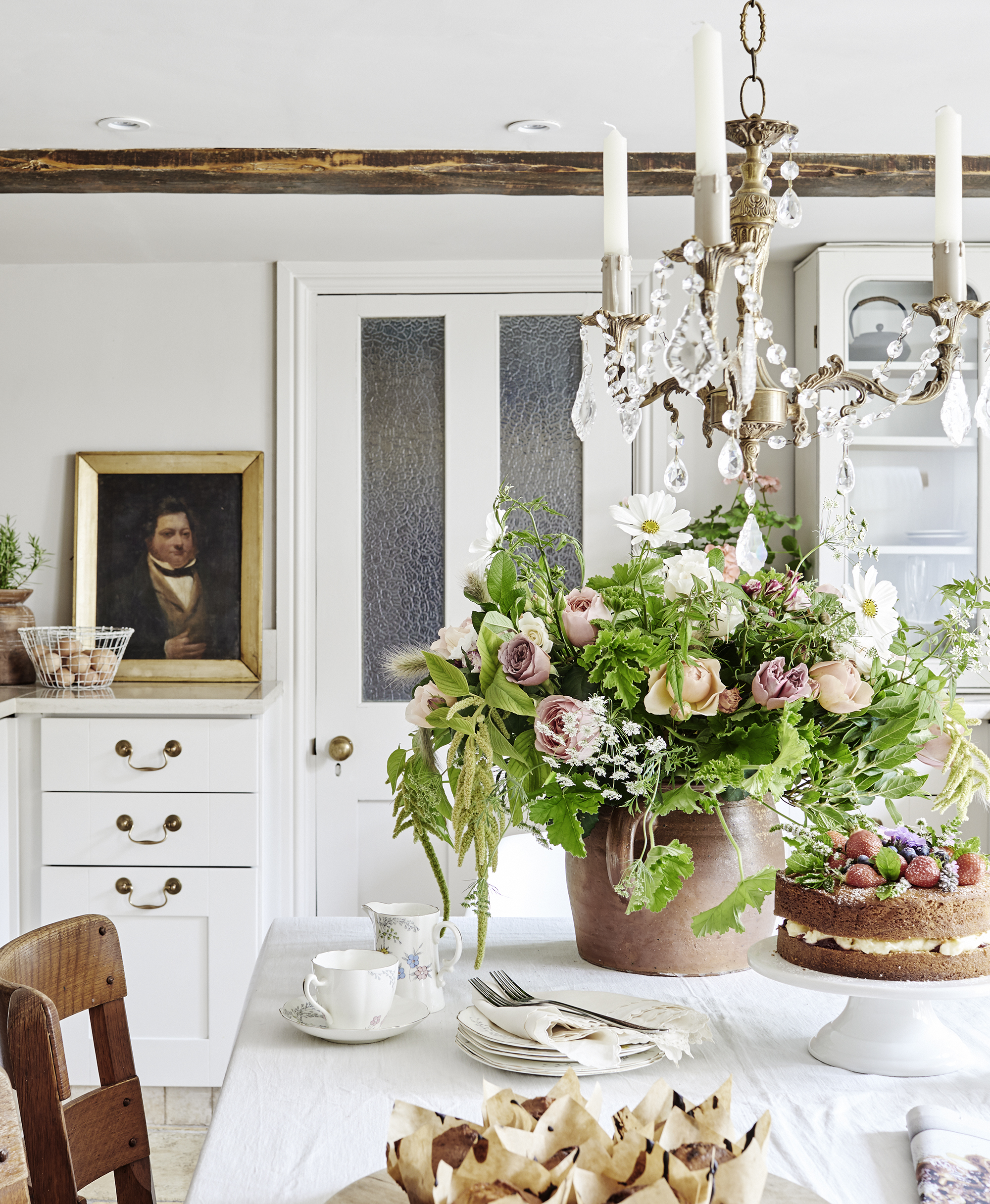
Nothing brings a space to life like fresh flowers or greenery. Whether it’s a fabulous bouquet, an urn cascading with natural foliage, a selection of house plants, or even just a few stems arranged in bud vases, flowers, and foliage always make rooms sing.
I always use flowers and greenery that are in season, often picked from the garden, as it helps to connect a home with its setting. Don't overthink flower arranging. I often find that loose and wild arrangements bring more life and movement to a room, plus they look wonderfully sculptural. I arrange them in an assortment of vases and place them on dining tables, mantlelpieces, coffee tables – really wherever there’s a blank surface or a dull corner in need of some cheer. Place vases or posies at different points around the room and at different levels, but more than three arrangements and things can look cluttered.
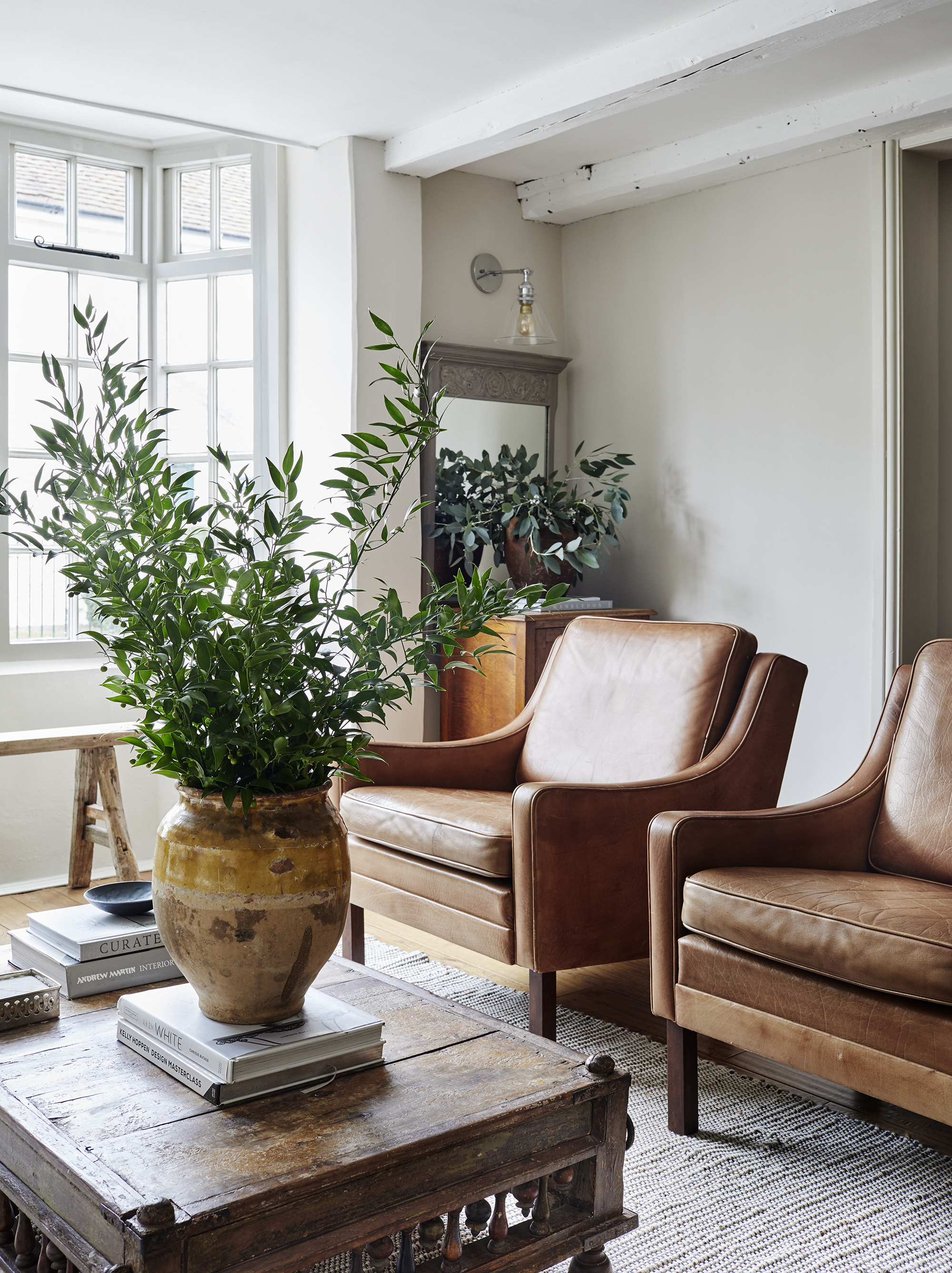
When it comes to decorating with vases and vessels I love to use a variety of materials, shapes, and textures, taking inspiration from the theme of the room. Glass vases always look timeless and smart and I love using rustic urns and old stoneware jars in country homes, but don’t be afraid to think a little outside the box (provided they hold water).
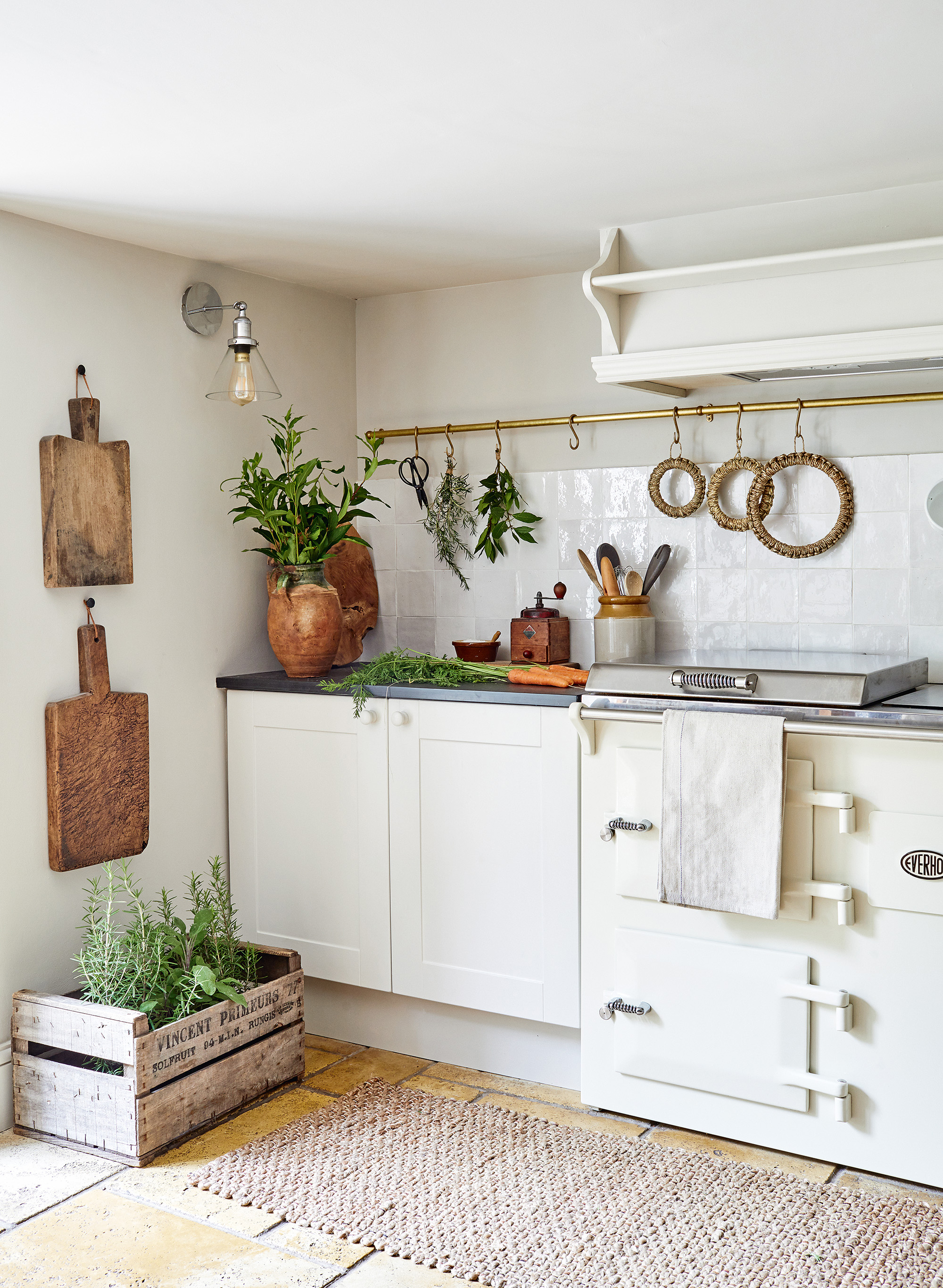
‘We love styling with vintage pieces. Rather than going to a high street store and buying vases, we prefer to use things like old French comfit pots because they add texture and bring a sense of history,’ says interior designer Sean Symington. 'I think playing with different heights is really good too. Rather than use just one type of plant or foliage we use a variety in vases of heights and we often group things together.'
Alternatively, when it comes to styling a console, entryway table or deep windowsills often just a few branches in a large vase can really make a statement.

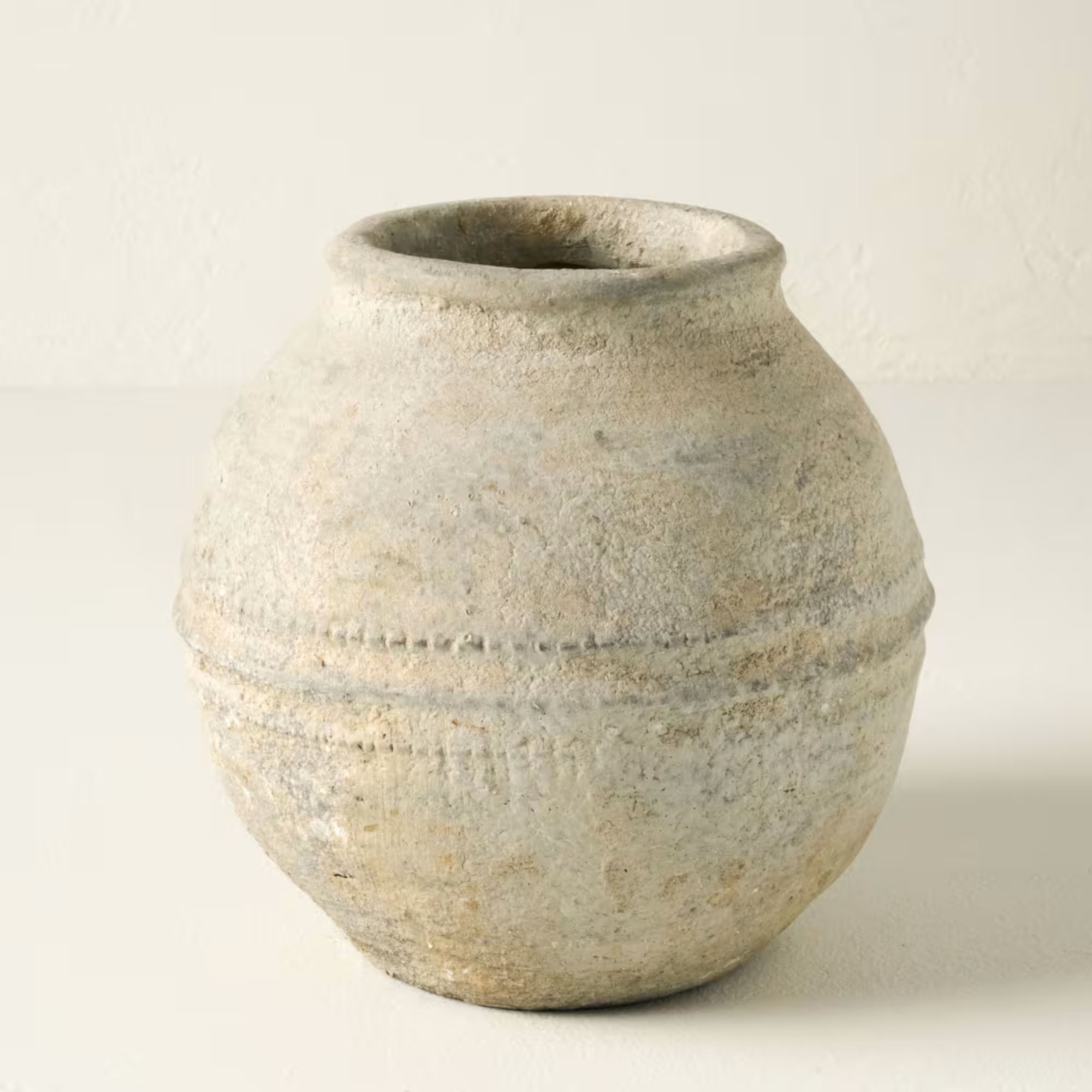
If you are after a vintage look on an affordable budget, this concrete vase from Joanna Gaines' store Magnolia is perfect. The contrast of the raw textures with a soft brunch of flowers is a stylist's dream.
2. Add coziness with fabrics and textures
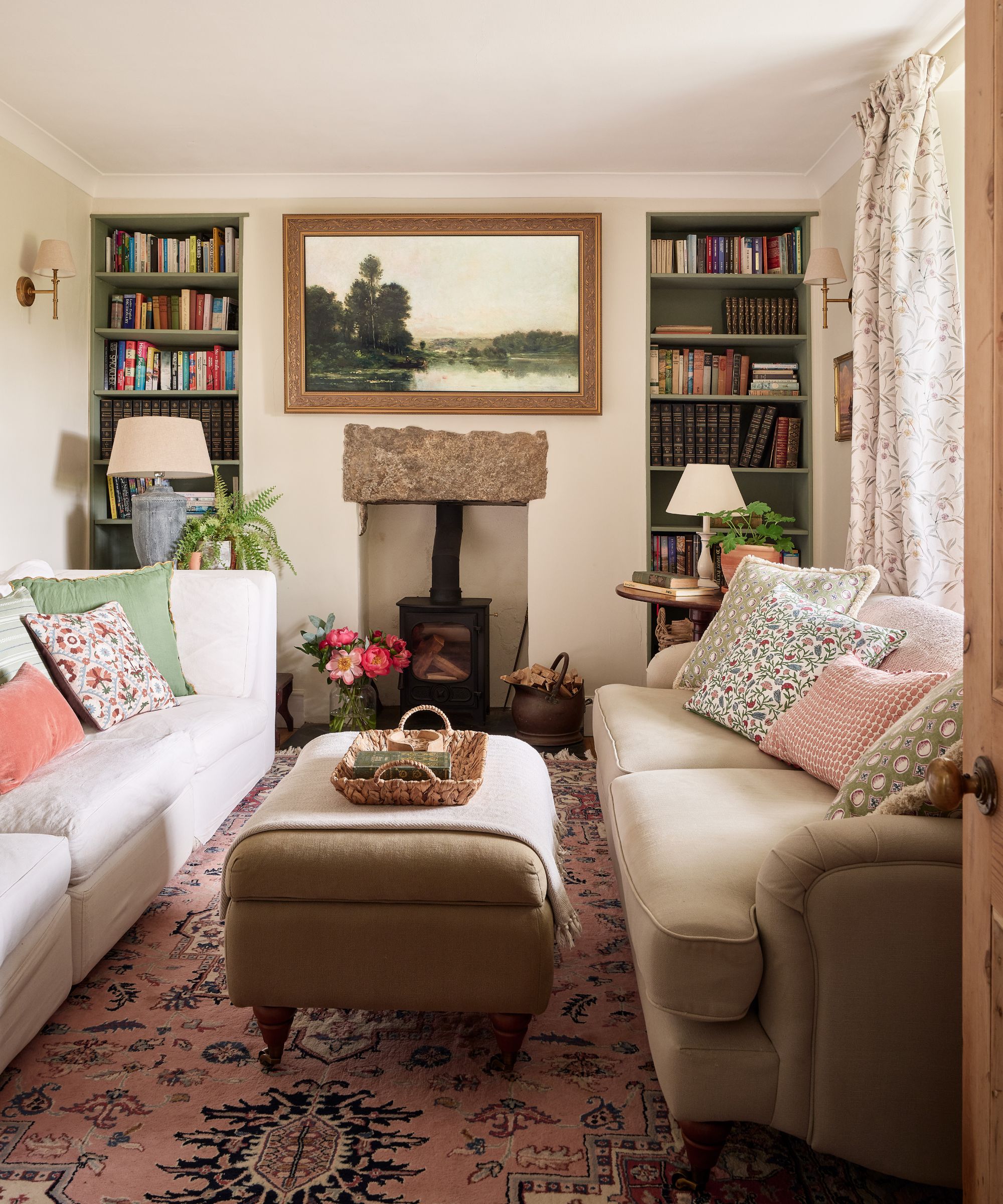
When styling you should never underestimate the power of layering textures and fabrics, especially in a bedroom or living room where coziness is paramount. Cushions and throws instantly create a warm welcome. For best results mix up your designs and textures – use plain alongside a mix of patterned and trimmed designs and always mix up materials. That said, sometimes, if you're looking to create a smart and sophisticated look just a couple of cushions placed square on can look simple and elegant.
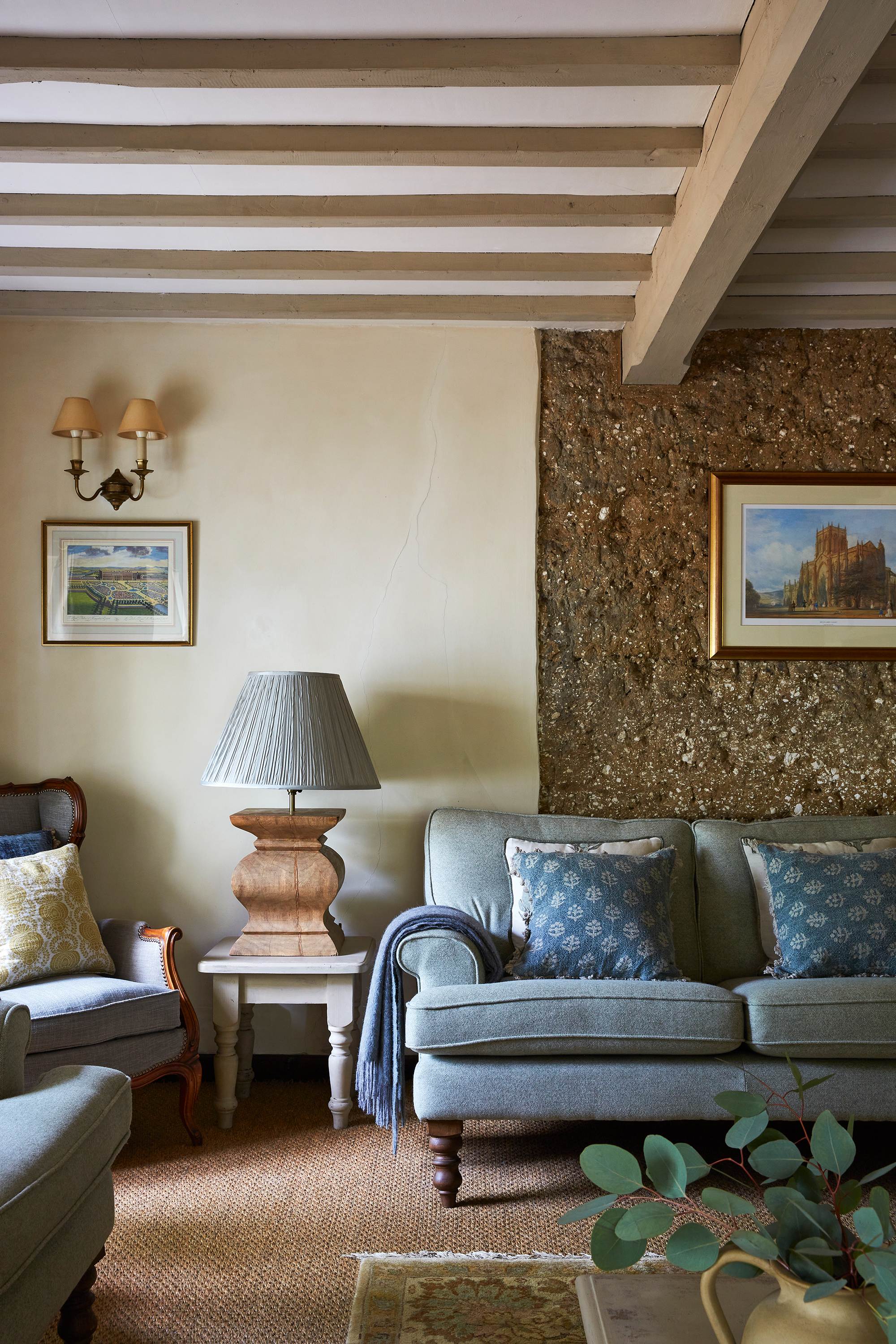
In spaces with plain walls, cushions, and throws are a wonderful opportunity to inject color and pattern. When decorating with patterned cushions be sure to choose a mix of designs combining hero designs with smaller-scale prints and geometrics and plains for balance. Here I layered a mix of designs from Birdie Fortescue in green and rust tones to complement the rich walls.
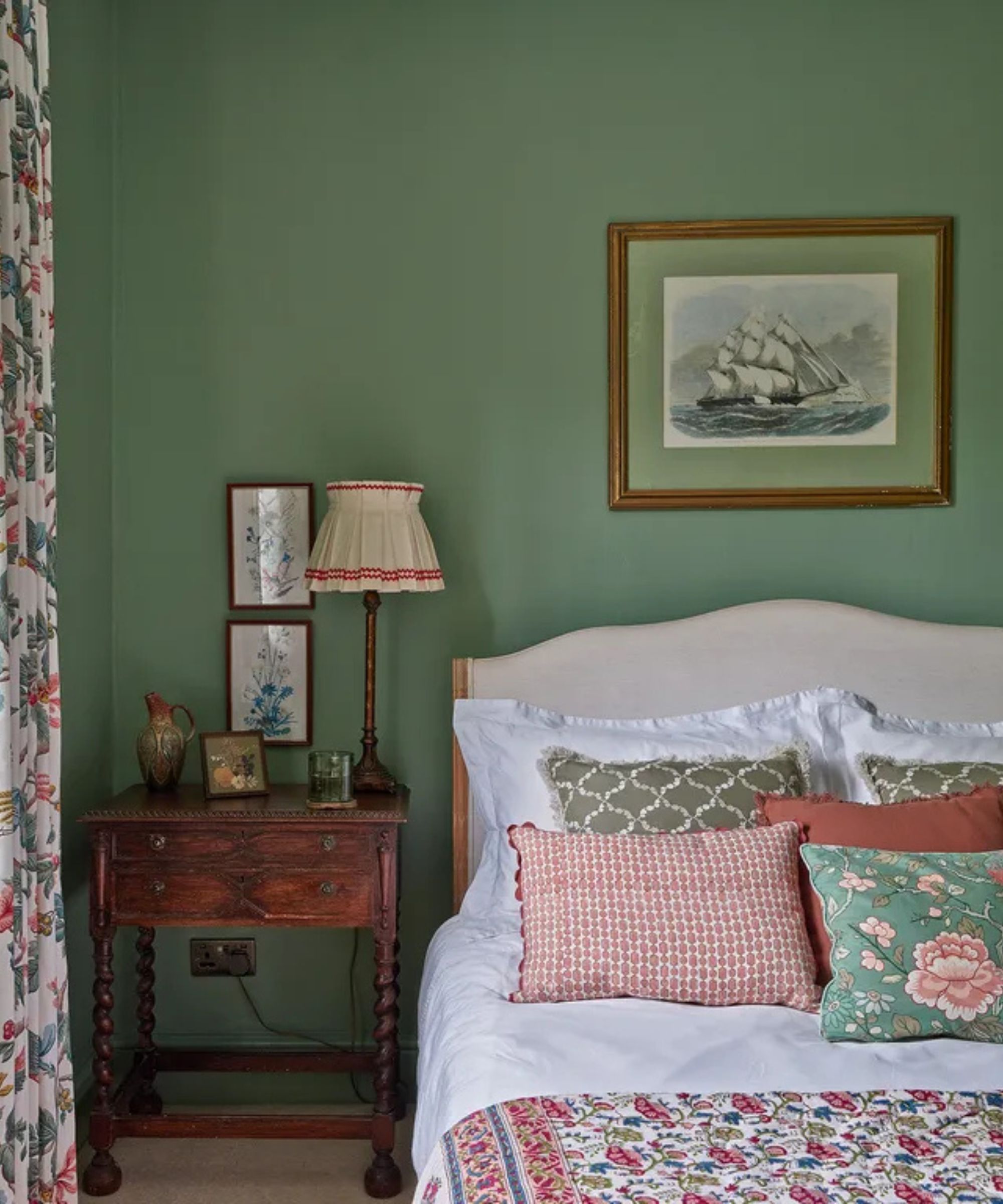
When styling living rooms and bedrooms it's good to switch things up throughout the year to keep the space looking fresh. Cushions and throws can easily be switched up to reflect the seasons with cozy textures adding warmth in winter bedrooms and lighter linens perfect for summer.
'Your bed is a key focal point in your room so always try to dress it beautifully with a great bedspread, cushions and a throw across the bottom of the bed,' advises Chrissie Rucker, founder of The White Company.
'I change the throw and cushions depending on the time of year, white faux fur in winter and a lighter weight more pashmina style throw in the summer. Textured layers always look fantastic on a bed. And why not pile up cushions this will always make the bed feel so inviting.'
Think about texture and layers of texture: I love natural textures slubby linens and cozy cashmeres, the softest wools.'
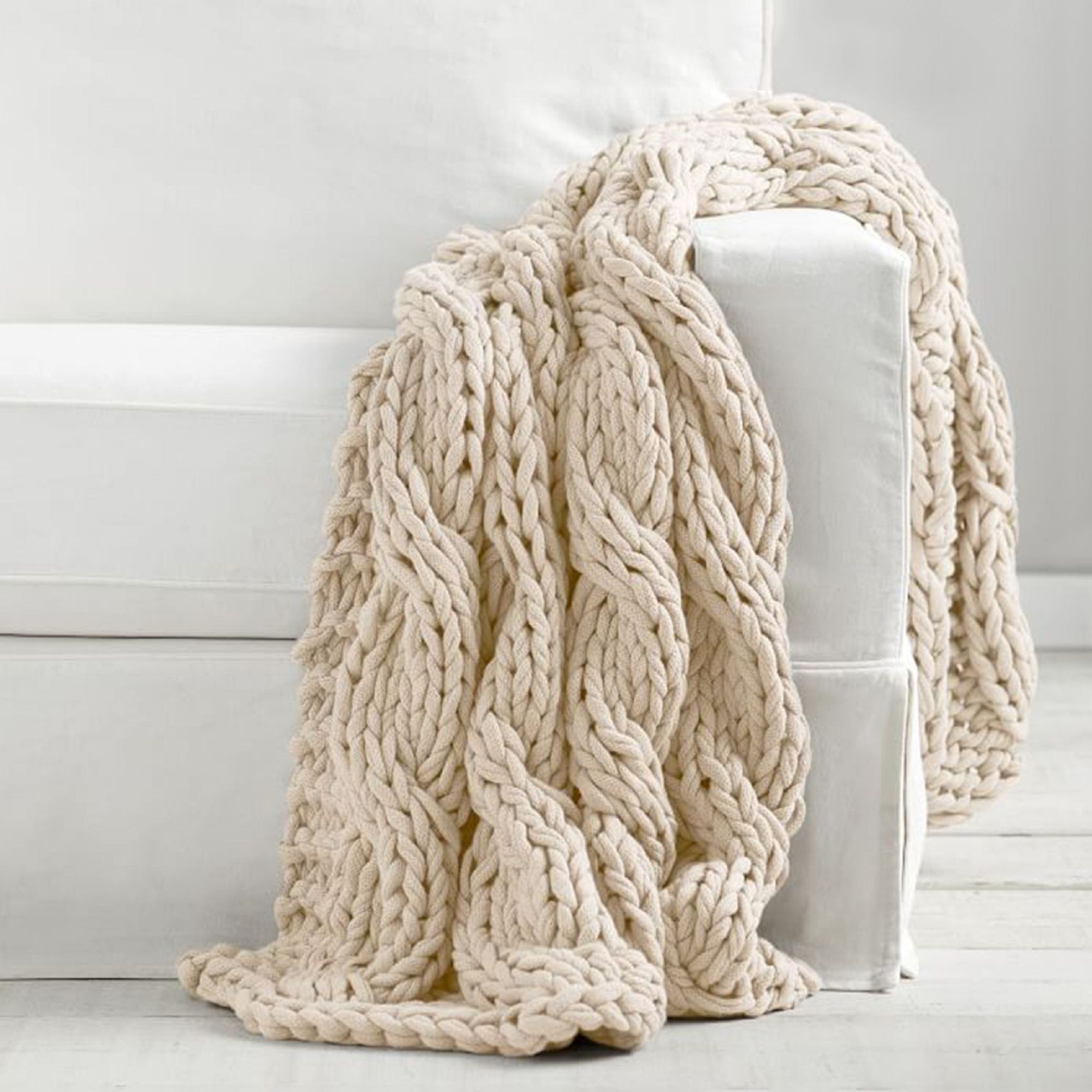
Chenille is a dreamy material for a throw, super soft and plush. It's also great for layering with other textures like velvet or a slubby linen for some contrast. This throw is a new take on their best selling original colossal throw, the same chunky knit bit with the chenille adding some extra luxury.
3. Style with books
Books have always been a go-to styling prop for me, they make a home feel instantly lived in and welcoming. When styling shelves books set horizontally can make lovely little podiums for groupings of ceramics, ornaments, and decorative objects.
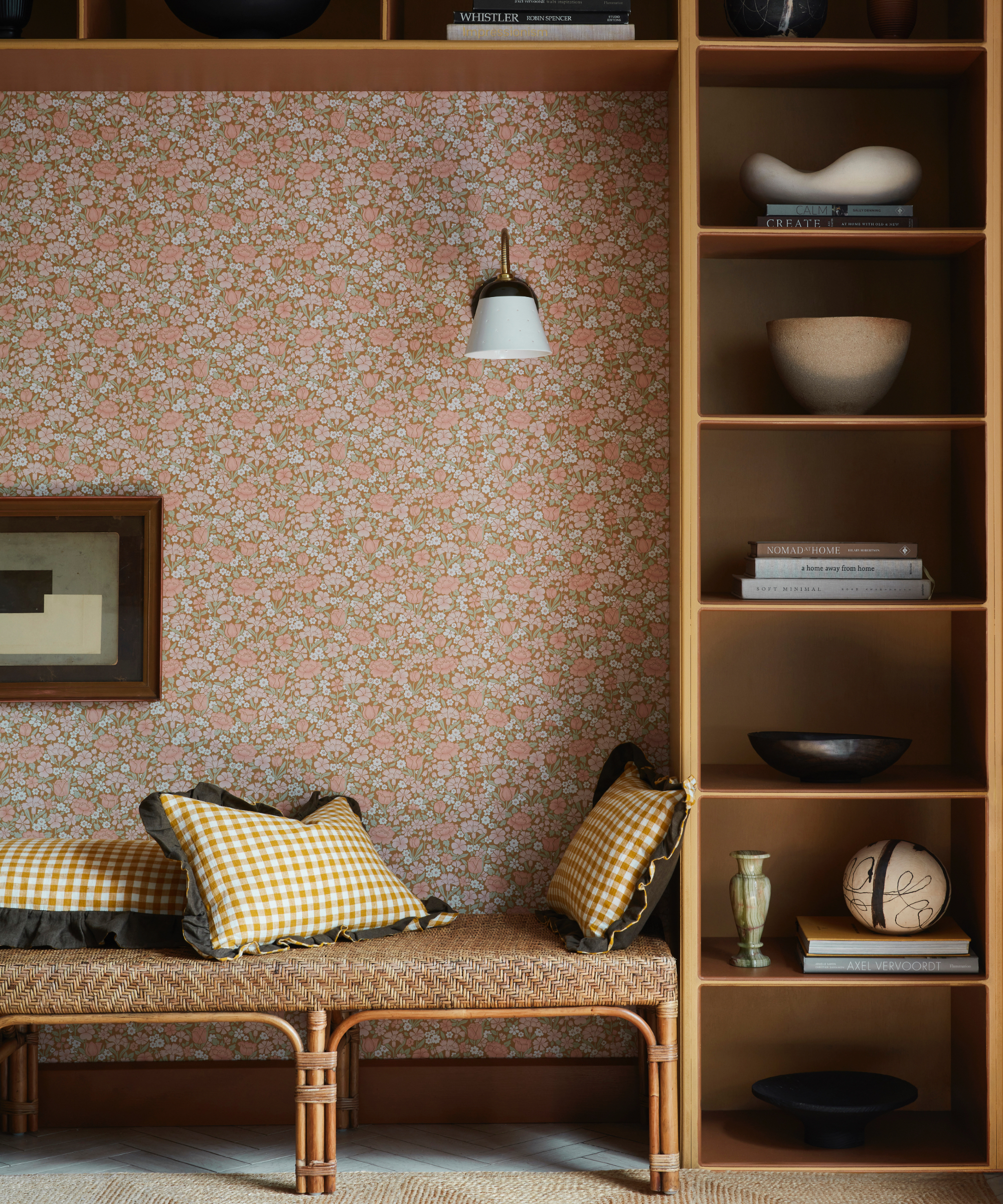
I look for vintage designs from flea markets with colorful, aged covers but it’s also always nice to have some large inspiration books for styling a coffee table or ottoman, too.
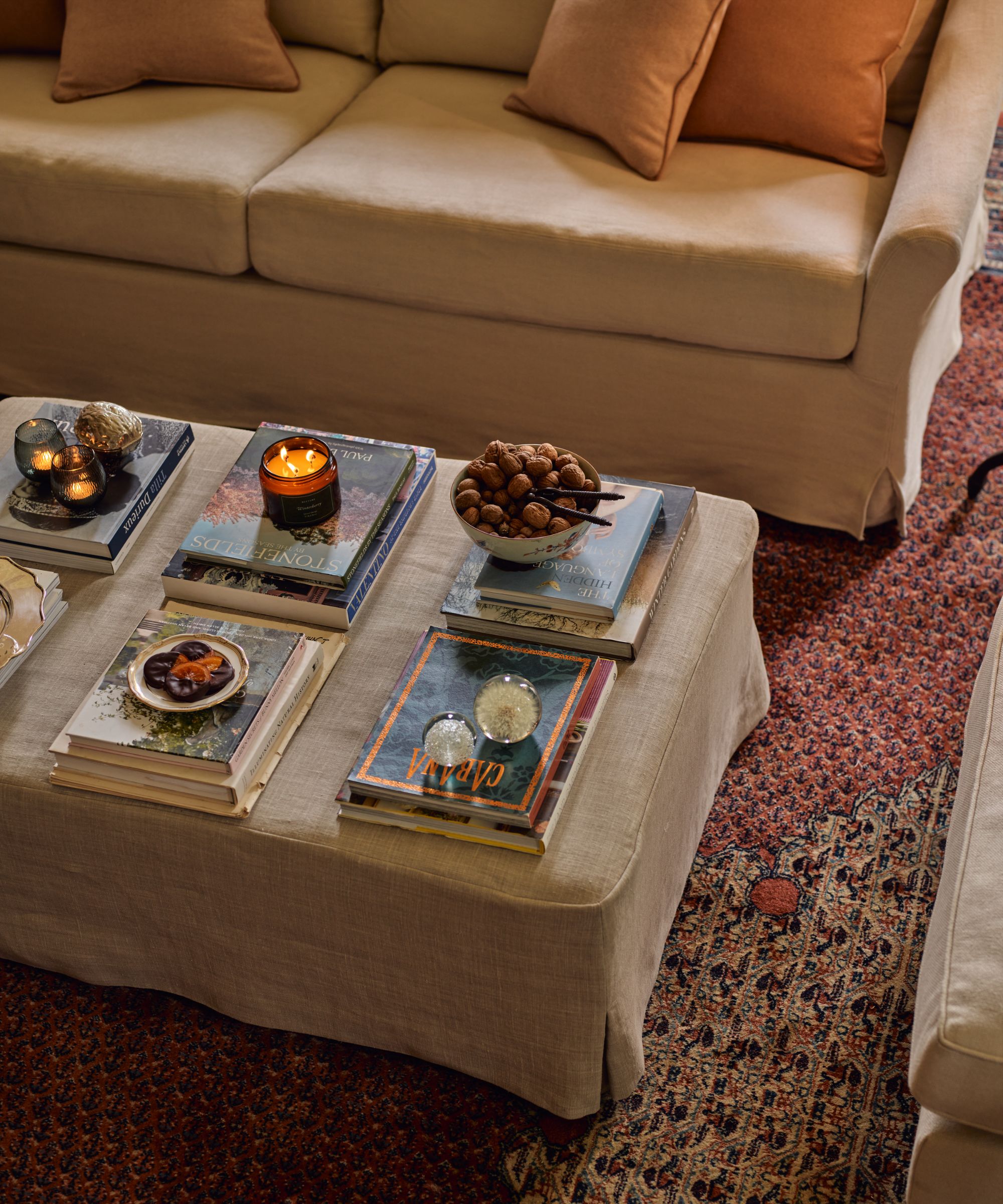
'Books are such an important part of a home, we love using them in our projects. Not only do they make a space feel lived in but they are a great way to insert pops of color in a room,' says interior designer Kate Guinness.
'The best way to decorate with books, regardless of whether you've organized them or not, is by sourcing the most attractive copies you can. Creating a picture-perfect bookcase is certainly an art, arranging them by color looks good whilst ensuring you don’t pack too much in when combining them with other objects.'
4. Invest in luxury bedding
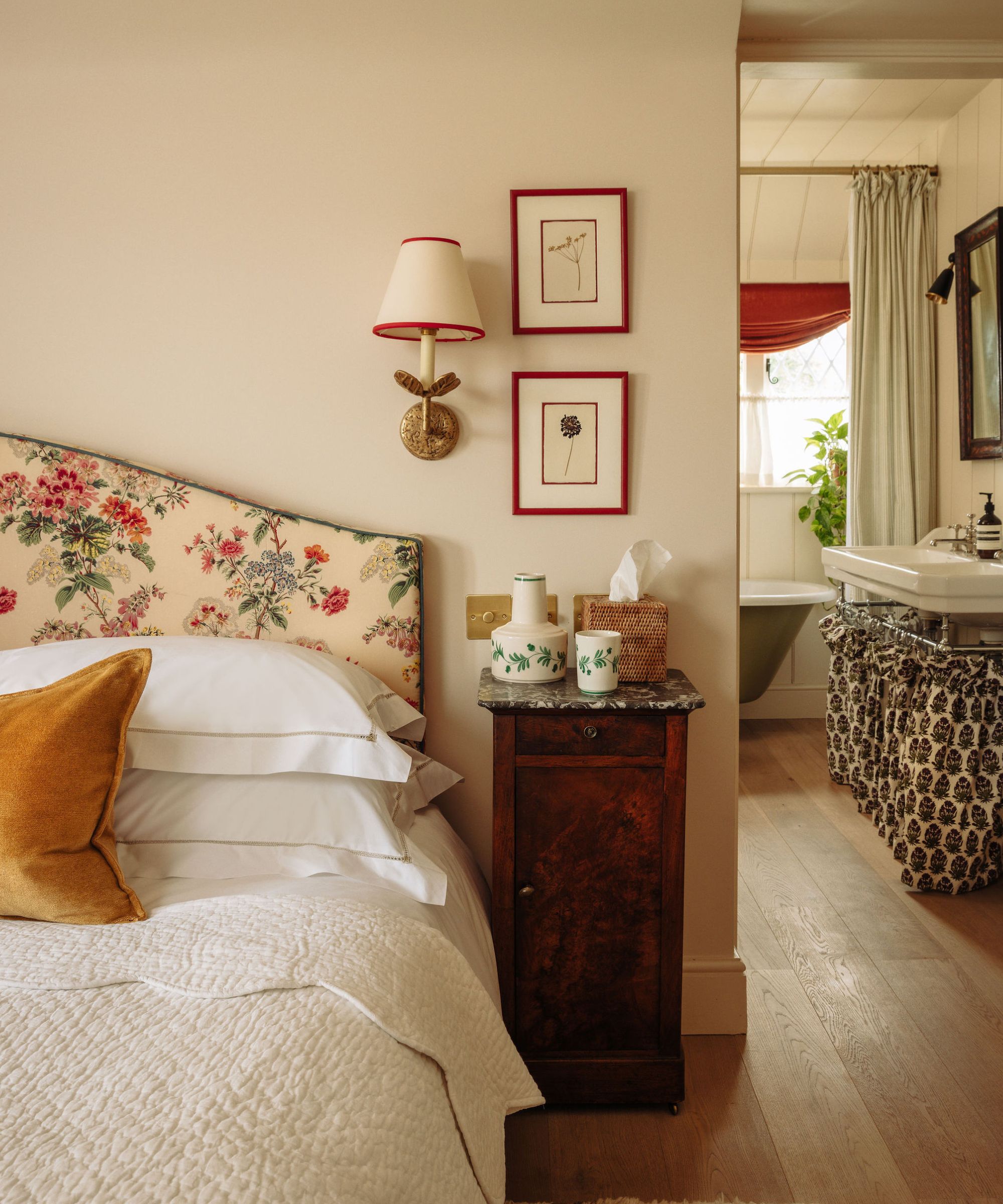
I’m a stickler for luxurious bedding and I’d always advise to invest in the best to give your home that boutique hotel feel. Crisp white cotton sheets over pillows and duvets in feather or down don’t just feel lovely to sleep in, they also look sophisticated, timeless, and they work with every scheme.
Cheap, poor-quality bedding can easily become tired and miss-shapen and can easily let down a beautiful bedroom scheme. It's often thought that the higher the thread count the better quality the sheets, but it's worth thinking about breathability says Rebecca Udall, founder of the eponymous British homeware brand.
‘Cotton is my preference, always. I like my sheets to be really breathable so nothing over 600 thread count however one of my favorite sets at home is 300 thread count – I don’t believe more is always better with this element,' says Rebecca. 'The quality of the cotton fibers are much more important for super soft, long-lasting, and decadent sheets. The finishing techniques utilized with the fabric is also key.'
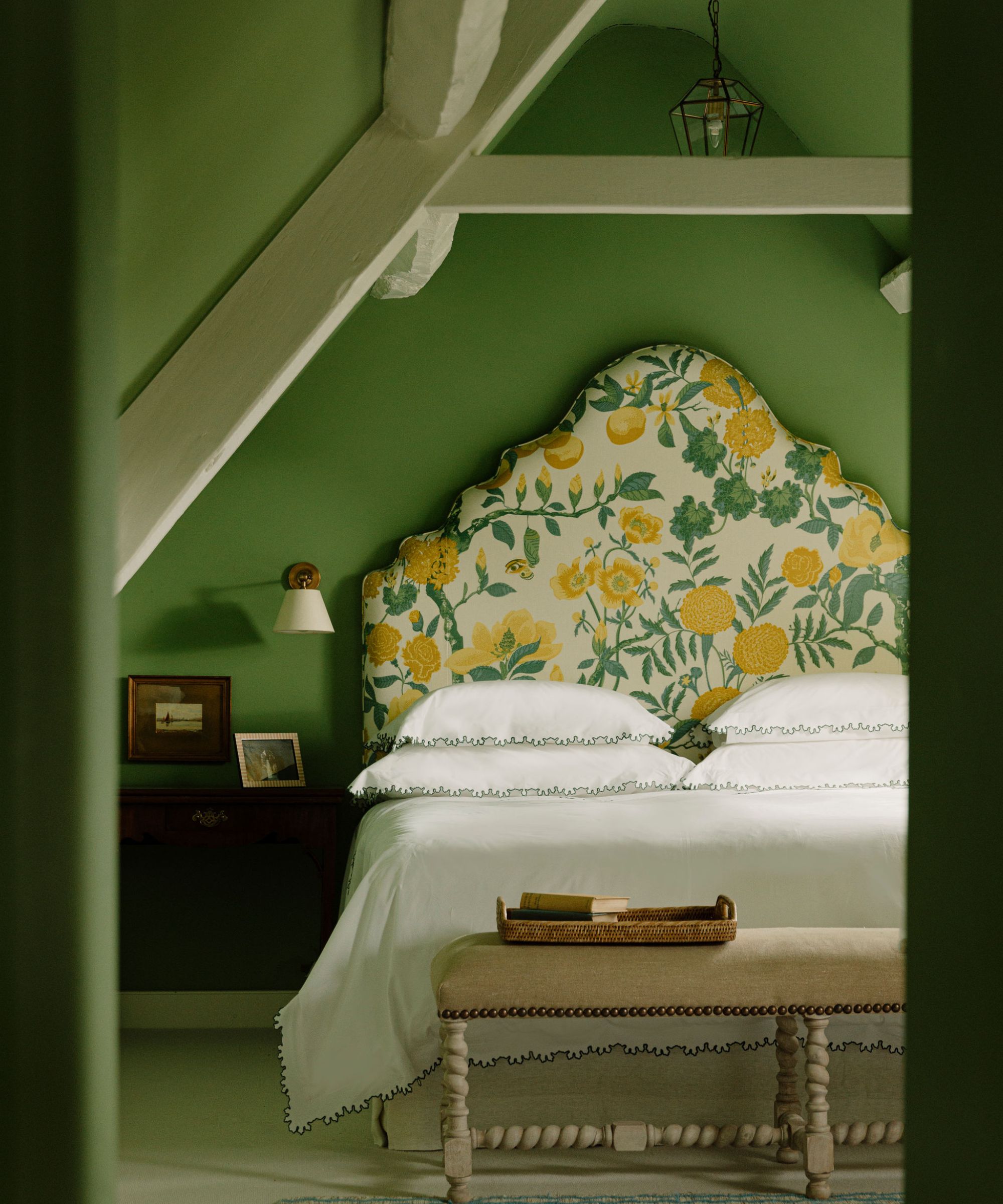
Timeless white bed linen always works well in wallpapered rooms or those with large statement headboards, as they don't detract from the designs. Try white bedding with a textured throw and a few subtle cushions that coordinate with the patterns or fabrics.
'Tactile cushions in textured fabrics work well to offset crisp linens. Equally, in colder months I like to add a quilted layer. The juxtaposition of smooth, white linens and a beautiful quilt is incredibly cozy,' adds Rebecca. 'I always have four pillows on a bed, either four rectangular or half square, half rectangular. This adds depth and a sumptuous look to the bed. Beside the bed, again I like to combine textures: photo frames, florals in small bud vases, and rattan accessories to soften the crispness of white sheets.'
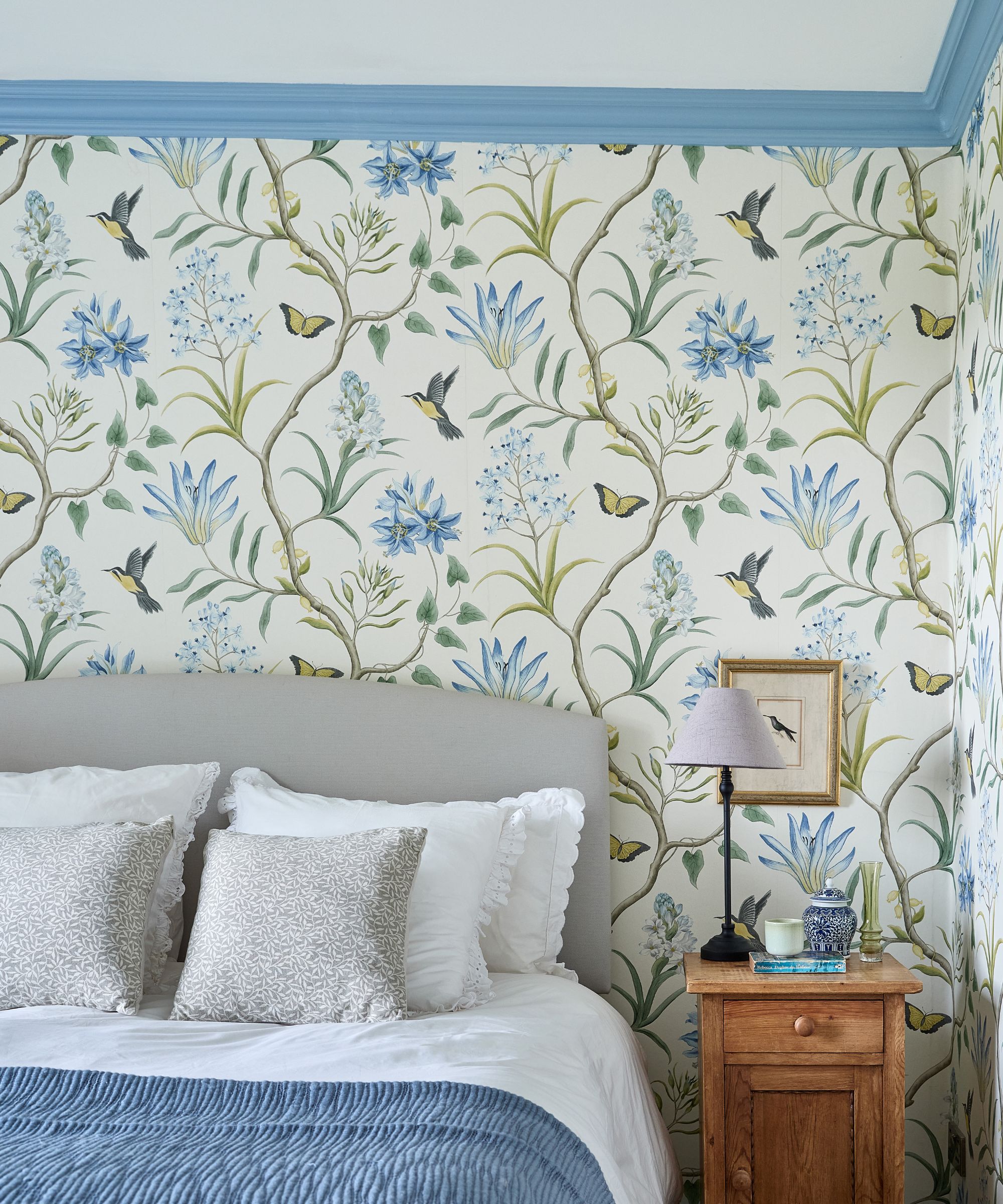
When buying bedding think about the finishing and the style, too, there are all sorts of designs from pretty lace-edging perfect for vintage bedrooms, to more formal Oxford designs.
'A deeper Oxford border is more traditional and something I would lean toward in heritage-style interiors. I would then choose a design such as hemstitch or corded option,' advises Rebecca. 'For contemporary décor, variations on classics are fun – for example, we have a Frame design which is a take on a traditional two-cord, with a shorter Oxford border. Scallops are versatile and, in my opinion, suit both traditional and contemporary schemes.'
5. Layer ambient lighting
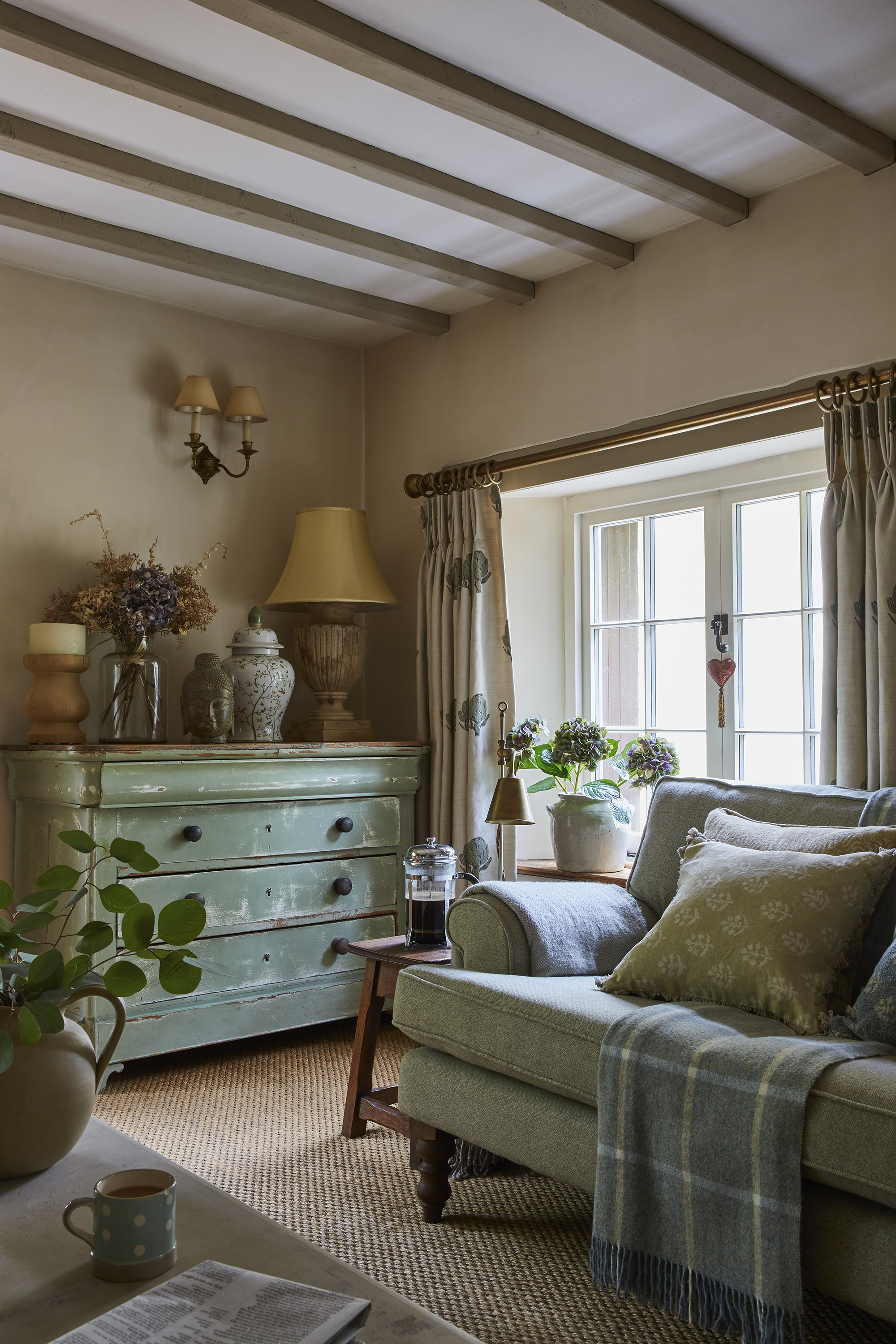
I say this so often that I must begin to sound like a cracked record, but lighting is the key to any interior scheme. Adding in plenty of ambient lighting will instantly lift the mood of any space. Table lamps and floor lamps alongside wall lamps and ceiling lamps on dimmers offer ample light sources for every task and mood.
I particularly love portable, wireless table lamps as they can easily be used to add warm pools of light in any room. They work particularly well in kitchens and bathrooms which can so often feel cold and sterile.
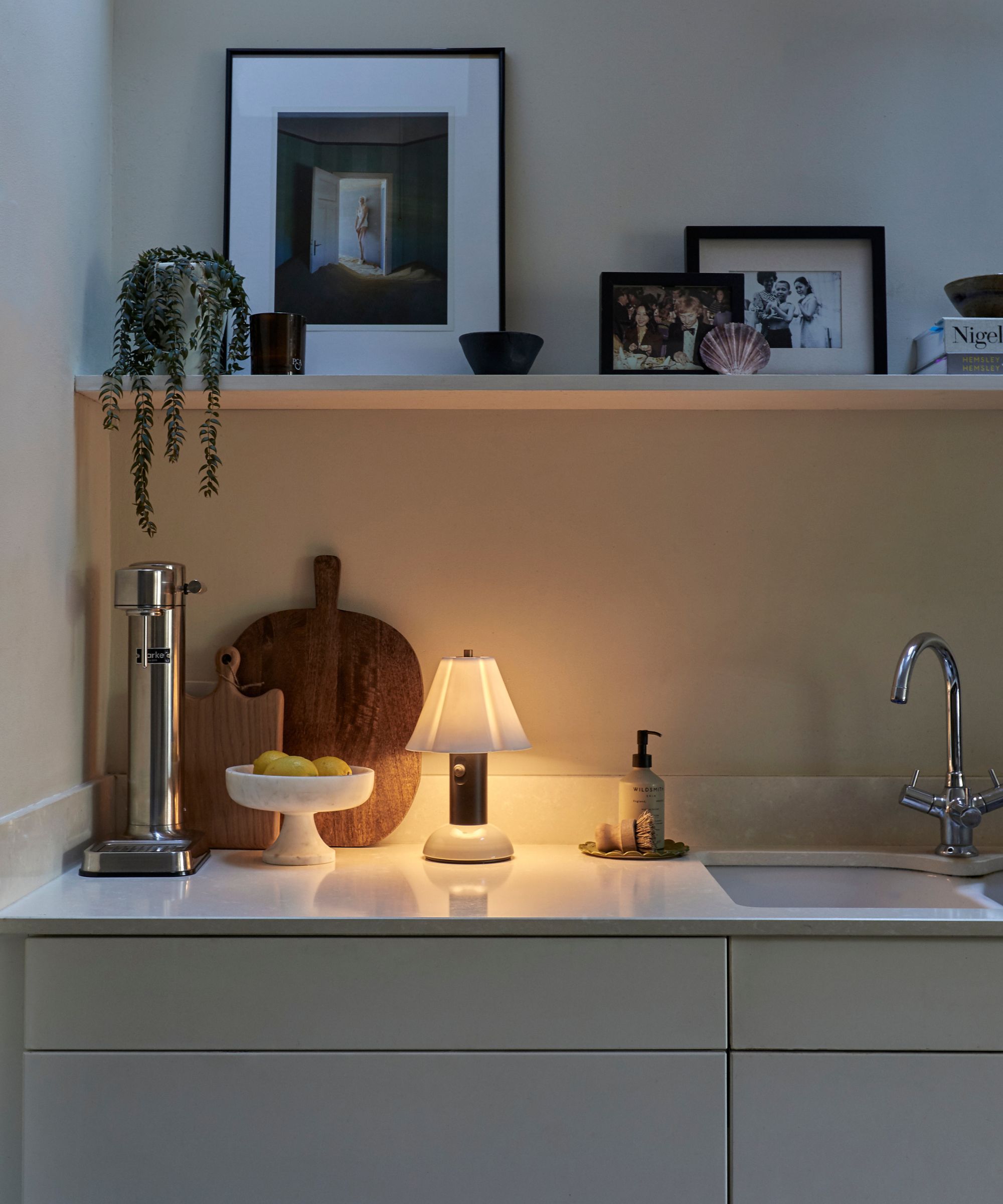
'You need two types of illumination: shadow-free task lighting for cooking and prep, and ambient lighting for when you simply want to unwind or entertain. A dimmable pendant – or, for a dramatic look, a row of pendants - is useful for switching from functional to relaxation mode, whether over your dining table or central island. Consider also accent lighting to highlight areas of interest – it’s a great way to showcase a collection of china, or wall art,' says Charlie Bowles, director at Original BTC.
'Paired with a central lighting source and space-saving wall lights, portable lights make a great addition for relaxed ambient lighting for when you simply want to unwind or entertain.'
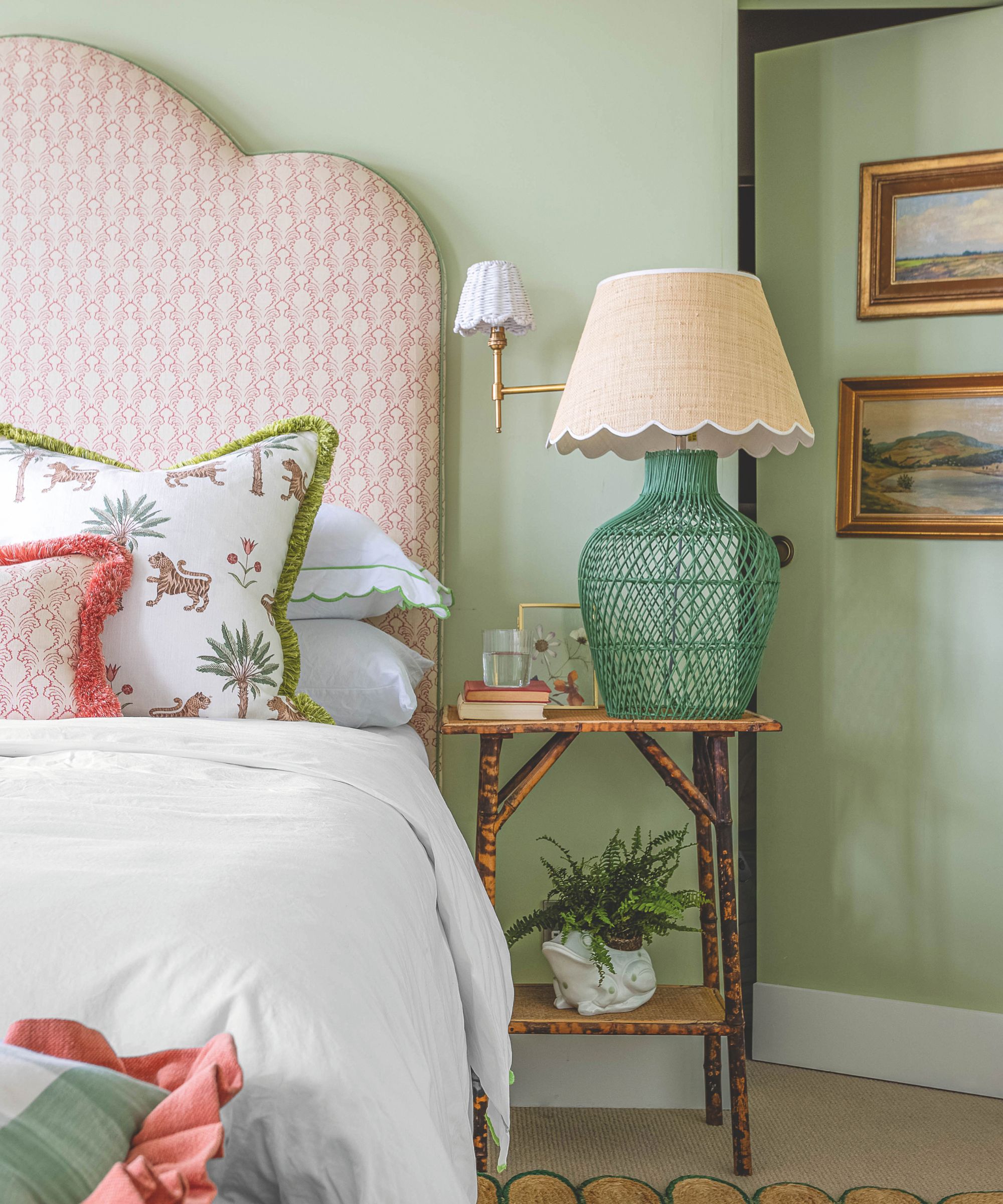
Table lamps can also be wonderfully decorative and serve as functional art. I love oversized designs as they offer a confident design statement.
'We love statement table lamps that add a pop of color and gloss to a room,' says interior designer Sean Symington. 'Adding a large statement lamp makes a room feel cooler and more updated. Feel free to use a fun patterned shade to add depth and interest to the room as well. I like to source lamps from Penny Morrison, Vaughan, and Pooky.'
Candles are also an essential, adding a warm glow and subtle fragrance. ‘Trays are always useful with styling. On ottomans we always use big trays and then add books and a lovely candle - Diptyque is a personal favorite,’ adds Sean Symington.
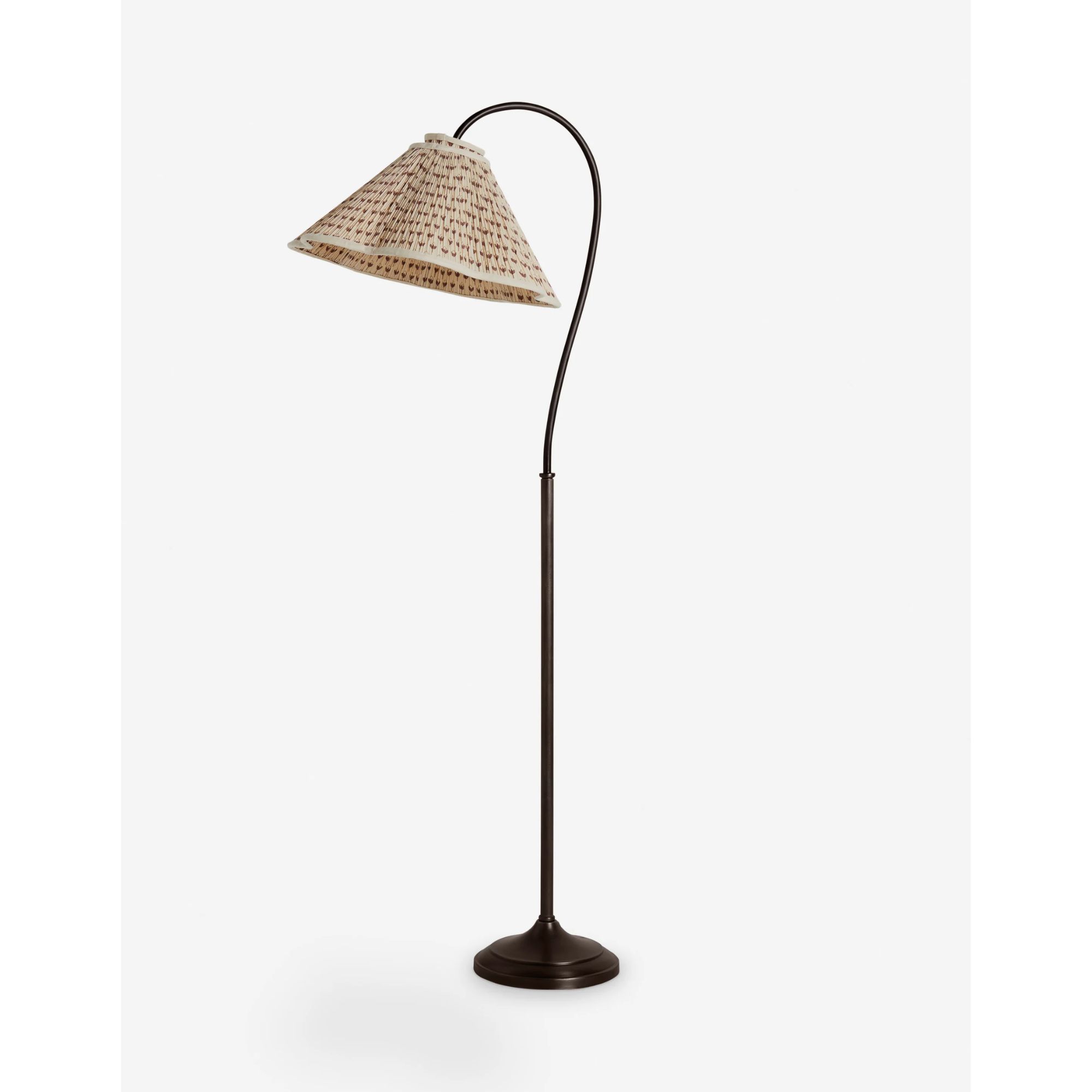
Create soft, cozy pools of light with plenty of floor lamps dotted around you rooms. The gooseneck on this light makes it the perfect reading lamp for above an armchair.
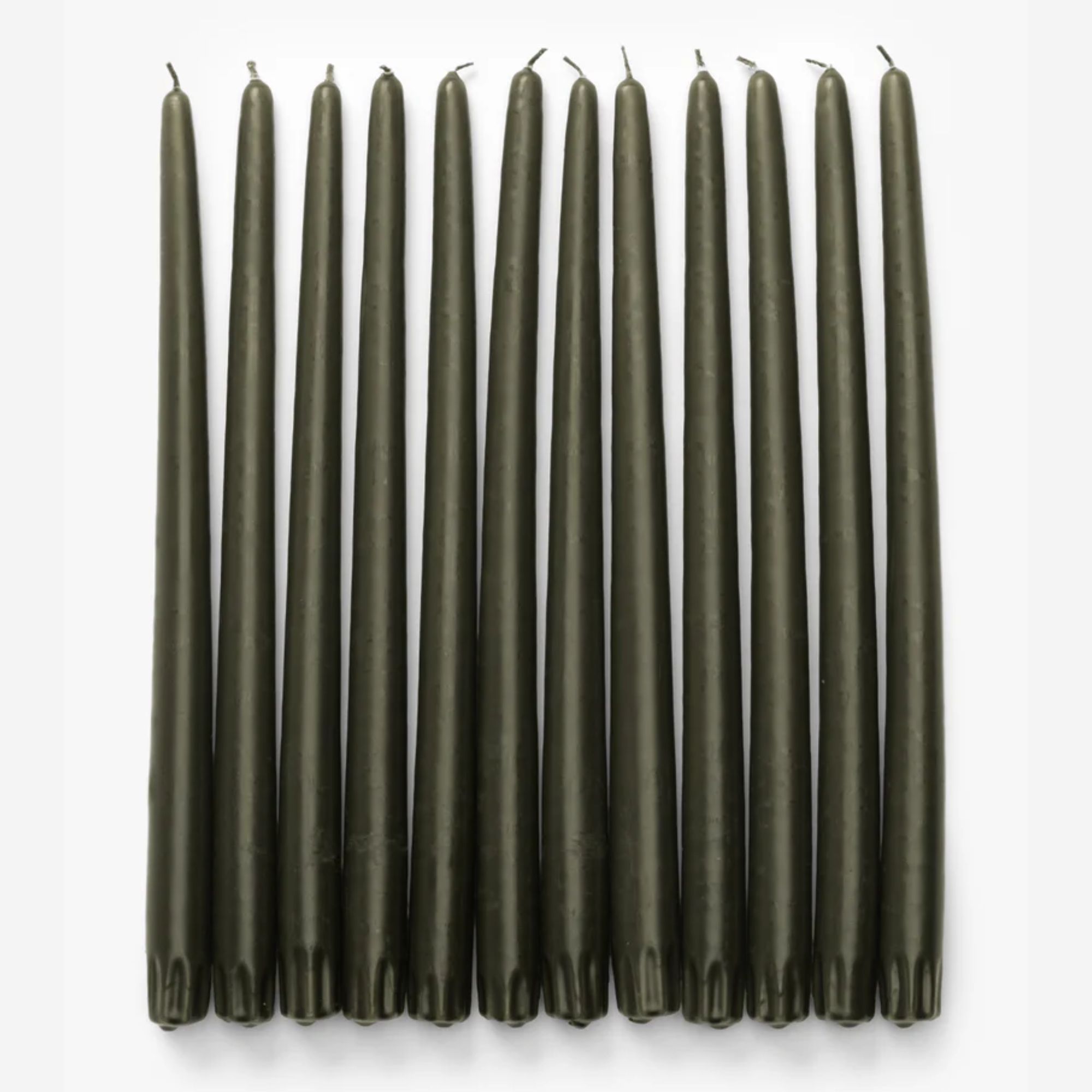
Candles are key to creating that soft and welcoming light, and I always light a few if I am trying to create that very cooning ambiance. Try taper candles in a few different earthy colors dotted around multiple surfaces.

The rise in popularity of portable, cordless lamps has made bringing softer light into your home easier than ever. So many bars and restaurants I have been to recently have had a lamp in the center of the table to create a luxurious feel, so bring some of that into the kitchen by dotting lamps on the island or countertops.
Sign up to the Homes & Gardens newsletter
Design expertise in your inbox – from inspiring decorating ideas and beautiful celebrity homes to practical gardening advice and shopping round-ups.

Pippa is a contributor to Homes & Gardens. A graduate of Art History and formerly Style Editor at Period Living, she is passionate about architecture, creating decorating content, interior styling and writing about craft and historic homes. She enjoys searching out beautiful images and the latest trends to share with the Homes & Gardens audience. A keen gardener, when she’s not writing, you’ll find her growing flowers on her yard for styling projects.
-
 How to get rid of bean seed flies – a pest control expert reveals how to keep crops safe from these seed munchers
How to get rid of bean seed flies – a pest control expert reveals how to keep crops safe from these seed munchersAs their name implies, these insects primarily feed on bean crops
By Tenielle Jordison
-
 Sarah Michelle Gellar's kitchen cabinets are moody yet elevated – I've always used dark paint with caution, but they make bolder tones accessible
Sarah Michelle Gellar's kitchen cabinets are moody yet elevated – I've always used dark paint with caution, but they make bolder tones accessibleThe actress's black kitchen cabinets are bold yet palatable, proving that this dark shade is a trendy yet timeless color pick
By Hannah Ziegler
